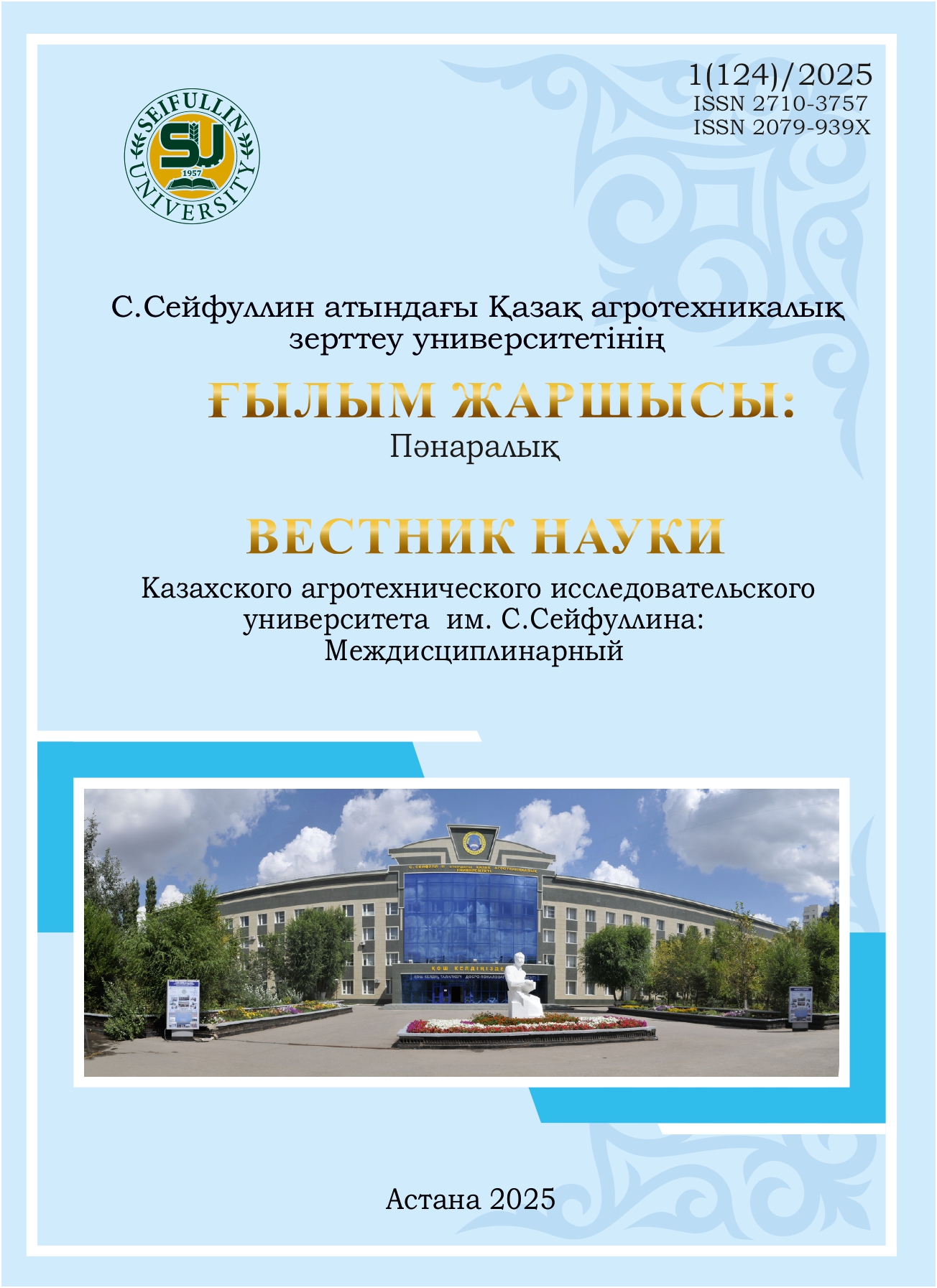Instrument of financial support of agricultural enterprises
DOI:
https://doi.org/10.51452/kazatu.2025.1(124).1818Keywords:
financial support; lending; subsidizing; credit partnerships; agricultural producers; efficiency of activities.Abstract
Background and Aim. Currently, significant attention is paid to issues of financial support for agricultural producers. At the same time, subsidies and loans play a crucial role in shaping the activities of the agro-industrial sector. However, in recent years, direct subsidies to agricultural enterprises in many cases has not yielded positive results. That is why today it is considered a very important task to gradually move to the method of providing direct cheap loans to agricultural producers. This study aims to evaluate the effictiveness of state financial support for agricultural producers by assessing the performance of both credit unions that provide loans and subsidies and agricultural enterprises that receive them.
Materials and Methods. When studying the state and efficiency of the objects, the methodology of comparative assessment of production and financial activities of agricultural formations financed by the CT and the credit partnership itself was used based on economic and statistical methods of comparison and dynamics, abstract logical methods and methods of analysis and generalization of the obtained results.
Results. The conducted analysis of the efficiency of using loans and subsidies allocated from the republican budget by rural producers showed their necessity in general. However, the low proportion of investments in fixed assets indicates a limited share of long-term loans. The efficiency of subsidies as a form of financial support remains generally low, as their recipients do not always demonstrate progressive results in their activities. Furthermore, the objectivity and transparency of subsidy allocation to agricultural enteprises remain problematic. Subsidies are often distributed unevenly, which leads to the concentration of financial resources in large agricultural holdings, while small farms remain on the sidelines. This exacerbates inequality and diminishes the competitiveness of small agricultural enterprises.
Conclusion. Budgetary subsidies and lending, as regulatory tools, should incentivize producers to adopt more efficient management, and they should be provided in a strictly differentiated manner. The mechanism of financial support for the agricultural sector should take into account that agricultural enterprises operate on the principles of self financing and those specific measures of their support are nothing more than additional measures designed to ensure normal economic conditions for management.

